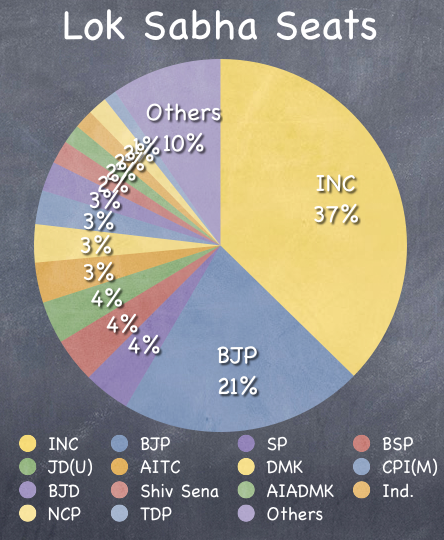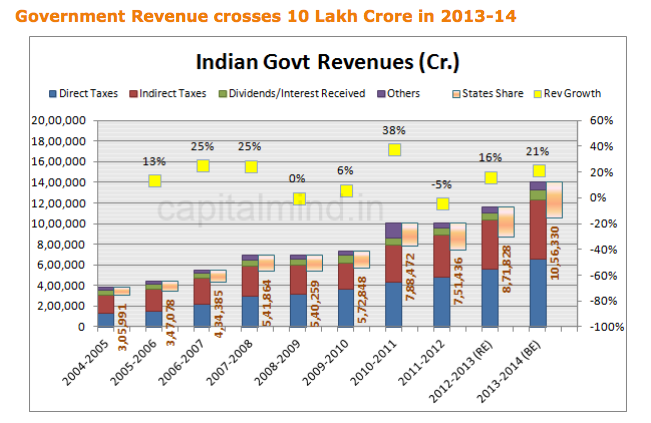I’ve been fascinated by the events in Cyprus during the last 10 days or so and since I’ve been busier than usual during that time, they are also the only events I’m following.
When I first read about Cyprus’ 6.75% tax on all bank deposits, and 9.75% tax on deposits of more than 100,000 Euros, I was amazed by how they could come up with such a dangerous and stupid idea.
It is very easy to see why this is a dangerous idea by putting yourself in the shoes of a Cypriot and think of what you would do if you woke up one morning and found out that the government has decided to take 6.75% of your money from your bank account!
When you know that your country is a big offshore haven for Russian money, you’re surely going to be doubly angry with this tax because you’re getting screwed at the expense of rich Russians!
You would much rather withdraw your money from the banks and hide it under your mattresses instead of leaving it in the bank, and that would lead to a bank run and be disastrous to the economy. There is simply no escape from that. This is even more so considering the fact that the ECB guarantees deposits of less than 100,000 Euros and such a step shows that this guarantee is meaningless.
Why then would the Cyprus government take such a step?
The Cypriots had only two viable choices to come up with the money – either tax everyone and spread the pain around, or tax only the people who have more than 100,000 Euros in their bank accounts (a lot of them Russians) and protect the small investors.
At first I thought that they chose the first option because of a corrupt government, but that’s not the answer.
The answer is that by imposing huge cuts on big depositors, Cyprus will kill its banking sector. No foreign investor will be interested in depositing their money in Cypriot banks, and since banking is such a big part of the economy, this will be disastrous to the economy and they will see a prolonged recession and unemployment if they took such a step.
But that’s exactly the step they took.
As bad as this option is, it is less worse than complete chaos and unfortunately for them, those are the only two options they were left with.
The one big lesson of this is that the only way to deal with such horrible situations is to never get into one of them. If you get into them, pain is guaranteed.
Cypriot banks will open today after remaining closed for several days and there will be some degree of chaos, but hopefully it won’t be irrecoverably bad, and their economy will be back on its feet in a few years.





What this means is that of your income is less than Rs. 5 lakhs, you will have to pay Rs. 2,000 less than your tax liability, but the question is how is this less tax charged, and what’s the point of doing it this way instead of the direct rebate.
I came across an article in Business Line about the Rs. 2,000 tax credit today which explained this and I thought that was interesting enough to share here.
First, about how this will be implemented. According to the article, Section 87A has been added in the Income Tax Act 1961, and you will not get this credit as a refund and won’t have to wait for it but you will pay reduced tax at the time of filing itself which is a good thing.
The article goes on to list reasons as to why this has been implemented in a certain manner and I felt those are worth a read as well, specially for senior citizens.
Read the full article here:Â Dissecting the Rs 2,000 tax rebate